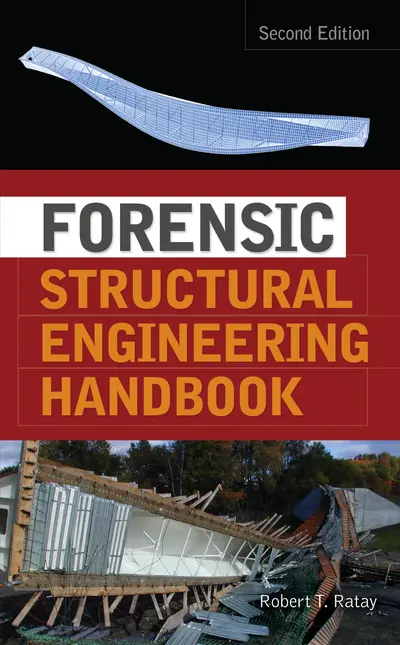My Account Details

ISBN10: 0071498842 | ISBN13: 9780071498845

Step 1 . Download Adobe Digital Editions to your PC or Mac desktop/laptop.
Step 2. Register and authorize your Adobe ID (optional). To access your eBook on multiple devices, first create an Adobe ID at account.adobe.com. Then, open Adobe Digital Editions, go to the Help menu, and select "Authorize Computer" to link your Adobe ID.
Step 3. Open Your eBook. Use Adobe Digital Editions to open the file. If the eBook doesn’t open, contact customer service for assistance.
Publisher's Note: Products purchased from Third Party sellers are not guaranteed by the publisher for quality, authenticity, or access to any online entitlements included with the product.
The Most Complete and Up-to-Date Resource on Forensic Structural Engineering
Thoroughly revised and featuring contributions from leading experts, this definitive handbook offers comprehensive treatment of forensic structural engineering and expert witness delivery. From exploring the possible origins of errors, through investigating and analyzing failures, to working with the legal profession for assigning responsibilities, Forensic Structural Engineering Handbook, Second Edition covers every important topic in the field.
- The design and construction process
- Design and construction safety codes, standards, and regulations
- Standard of care and duty to perform
- First steps and legal concerns after a failure
- Engineering investigation of failures
- Origins and causes of failures
- Loads and hazards
- Design errors, construction defects, and project miscommunication
- Defects, deterioration, and durability
- Mechanisms and analyses of failures in steel, concrete, masonry, timber, and temporary structures; building envelope; and structural foundations
- Litigation and dispute resolution
- The expert consultant and witness
Need support? We're here to help - Get real-world support and resources every step of the way.